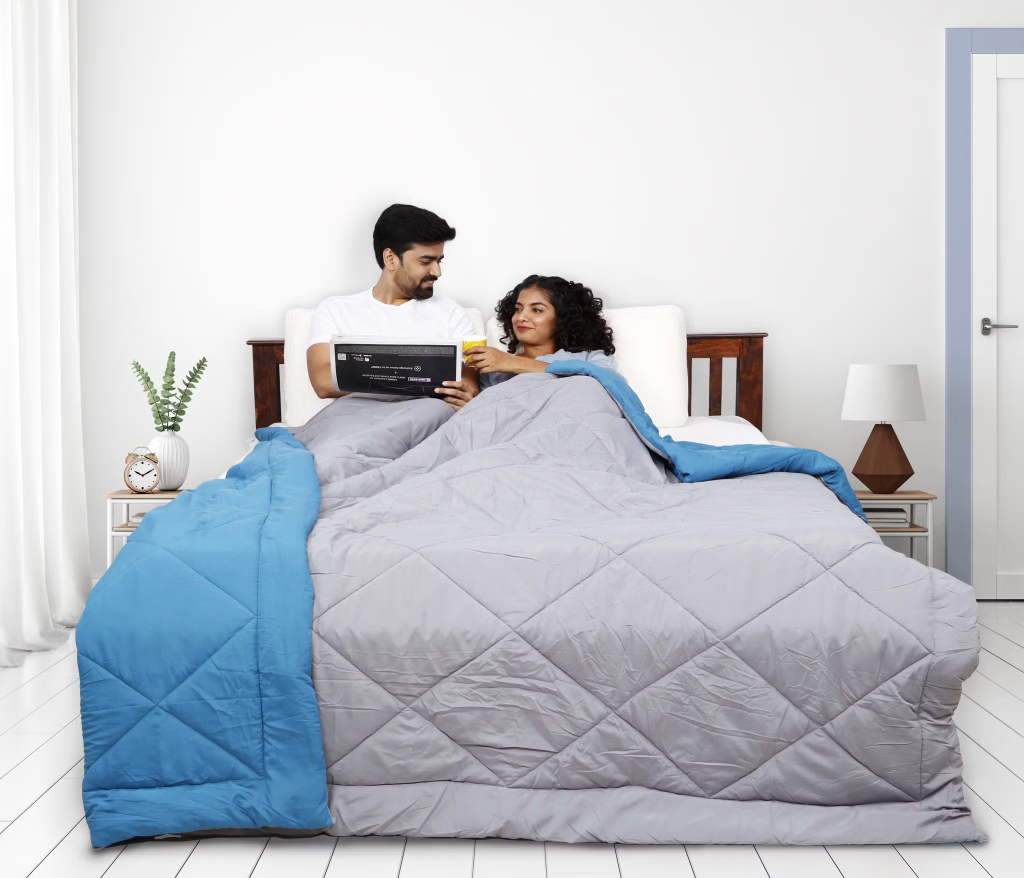The Role of Mattresses in Sleep Ergonomics: How Your Mattress Impacts Your Health
When it comes to getting a good night’s sleep, many factors come into play—your bedtime routine, room temperature, lighting, and perhaps the most overlooked element: your mattress. The connection between sleep and ergonomics is critical to ensuring you wake up refreshed and without discomfort. Poor sleep ergonomics can lead to back pain, stiffness, and even long-term health problems. This is why your mattress plays a vital role in creating a sleep environment that promotes both comfort and health.
In this article, we’ll dive into how your mattress affects sleep ergonomics, its impact on your health, and how choosing the right mattress can make all the difference in the quality of your rest.
.

What Is Sleep Ergonomics?
Sleep ergonomics refers to how well your sleeping environment, especially your mattress, supports the natural alignment of your spine and body during sleep. Proper sleep ergonomics helps minimize pressure on muscles and joints, reduces tension, and promotes circulation, allowing your body to relax and recover during the night. When your spine is correctly aligned, your muscles are less strained, leading to more restful sleep and reduced risk of pain.
A poorly designed mattress can throw off this alignment, leading to bad posture, poor support, and discomfort, all of which can result in lower-quality sleep and potential long-term musculoskeletal issues.
The Importance of a Mattress for Spinal Alignment
Your spine has a natural “S” curve that must be maintained during sleep. If your mattress is too soft, your hips and shoulders may sink too deeply, causing your spine to bend unnaturally. Conversely, if your mattress is too firm, it may not provide enough give at pressure points like your shoulders and hips, forcing your spine out of alignment. Both extremes can lead to discomfort and pain, particularly in the lower back and neck.
A well-designed mattress should conform to your body’s contours while maintaining spinal alignment. Mattresses that feature memory foam, latex, or hybrid designs are particularly effective at supporting spinal ergonomics, as they balance firmness and flexibility to accommodate various sleep positions.
Sleep Positions and Their Ergonomic Implications
Your sleep position is another key factor in sleep ergonomics, and your mattress should complement your preferred sleeping posture.
- Back Sleepers: A mattress that supports the spine’s natural curve is crucial. Back sleepers typically benefit from medium-firm mattresses, which support the lower back while cushioning pressure points.
- Side Sleepers: Side sleepers need a mattress that cushions their shoulders and hips while keeping the spine aligned. A mattress that’s too firm can create pressure points, while a mattress that’s too soft can cause the spine to sink out of alignment. Memory foam and hybrid mattresses often work well for side sleepers.
- Stomach Sleepers: Sleeping on your stomach can put extra strain on the spine. A firmer mattress can help keep the hips from sinking too deeply, reducing the risk of back pain.
Finding the right mattress for your sleep style is essential for maintaining proper ergonomics throughout the night.
Choosing the Right Mattress for Sleep Ergonomics
Given the crucial role that your mattress plays in sleep ergonomics, it’s essential to choose a mattress designed for your unique body type, sleep style, and health needs. Here are some features to consider:
- Material: Memory foam, latex, and hybrid mattresses are often the best for sleep ergonomics, as they offer both support and contouring. These materials help distribute body weight evenly and prevent pressure points, making them ideal for maintaining spinal alignment.
- Firmness: Medium-firm mattresses are generally the most recommended for supporting sleep ergonomics, as they offer a balance between comfort and support. However, the optimal firmness level depends on your body type and preferred sleep position.
- Adjustability: Adjustable mattresses allow you to customize your sleep surface to your specific ergonomic needs. Whether you need extra support for your lower back or prefer a softer feel for your shoulders, adjustable beds offer flexibility for personalized comfort.
- Pressure Relief: Mattresses designed to relieve pressure points can prevent discomfort in areas like the shoulders, hips, and lower back, helping to ensure proper alignment and deeper sleep.
- Durability: A high-quality mattress that maintains its supportive properties over time is essential for long-term sleep ergonomics. Low-quality mattresses may sag or lose their firmness, compromising your spinal alignment and sleep quality.
Conclusion: Prioritizing Ergonomics for Better Sleep
A high-quality mattress isn’t just about comfort—it’s about supporting your body in a way that promotes restful, rejuvenating sleep. Sleep ergonomics, driven by your mattress, play a crucial role in your overall health and well-being. By choosing a mattress that aligns your spine, supports your preferred sleep position, and relieves pressure points, you can reduce pain, improve sleep quality, and wake up feeling refreshed.
At Restolex, we understand that a mattress is more than just a place to sleep—it’s the foundation for a healthier, happier life. Our range of ergonomically designed mattresses is built to support your body’s natural alignment, ensuring you get the quality sleep you deserve. Invest in a mattress that cares for your body as much as you do, and experience the benefits of better sleep ergonomics today.
Newsletter Sign Up
Join our community to receive exclusive updates, sleep tips, and special offers directly in your inbox. Stay informed and be the first to know about our latest products and promotions.

Contact Us
- 9/1, Ashokapuram, Industrial Suburb, Yeshwanthpur, Bengaluru-560022, India
-
care@restolex.com
Orders@restolex.com
Support@restolex.com -
+91-8750054466
+91-8123018558
